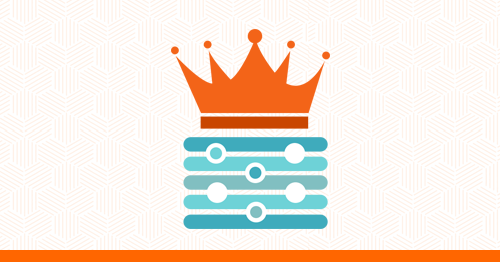Data is King
January 27, 2020

With consumers becoming increasingly discerning, its vital for marketers to understand their preferences and behaviour with microscopic granularity. Anecdotally, consumer groups such as millennials and GenZ are increasingly opinionated in preferring locally produced wares with added range and convenience. Digital and social media channels have made it easier for consumers to review and compare products earlier in their path to purchase and to share their opinion with peer groups. It’s important for marketers to collect consumer data at multiple touch points along consumer purchase journey, get insights and analytics, and leverage it to stay relevant. Data is the new king.
The changing marketplace, with easy access to information, a plethora of options and technology, is resulting in diminishing brand loyalty and fragmented markets. A 2019 Nielsen article mentioned that 42% of all consumers love trying new things and only 8% consider themselves firmly committed loyalists. Taking a leaf from Seth Godin’s book, large markets are turning into tribes of people with similar preferences and inspiration. Data-driven, go-to-market strategies are proving effective in connecting and successfully delivering desired results in the digital era.
The Challenge
Most communication campaigns and channels provide information on reach, frequency and distribution; at best, with minimal consumer feedback and a possibility for a two-way communication. These are ad-hoc and lack in the creation of tribes and influencers to build and sustain the multiplier effect and long-term growth. I see it as an opportunity lost. Traditional advertising and brand activation require data driven and measurable enhancements that offer meaningful analytics and live actionable insights, on the go, if executed correctly.
The Opportunity
The good news is that evolving technology, machine learning and AI offer an even playing field to both larger players and the SMEs in the CPG consumer experiential arena. They have a fair opportunity to partner with expert agencies to implement data-driven digital, experiential and social media campaigns. In fact, SMEs have an edge, as they are considered agile, local and transparent. These attributes provide a human and cultural affinity and are close to consumers’ heart. Look for innovative ways to engage with your target audiences, monitor market responses, get analytics and insights, and build on it to stay connected with the always-on consumers.
In-store sampling has long been used to generate product trial and acquire customers. Arguably, it is considered more effective and immediate in converting customers to your brand than advertising. Instore sampling does help increase store-level sales; however, it has limitations as well. It lacks targeting, consumer feedback, accurately documented insights and may lead to product wastage without offering a holistic brand experience.
Digital product sampling has raised the bar for sampling, product trial and experiential marketing. It is a strong add-on to the marketing mix for the CPG companies. To name a few benefits, it offers on-demand targeted sampling, provides consumer feedback, insights and adds additional value with social media amplification. Digital product sampling combines the power of precise targeting, 2-way communications, a better brand experience, consumer feedback and analytics. It adds social media for greater exposure and sharing for continued conversation and impact, resulting in lower conversion cost and higher ROI.


Leave a Comment